SUMMARY
This is AI generated summarization, which may have errors. For context, always refer to the full article.
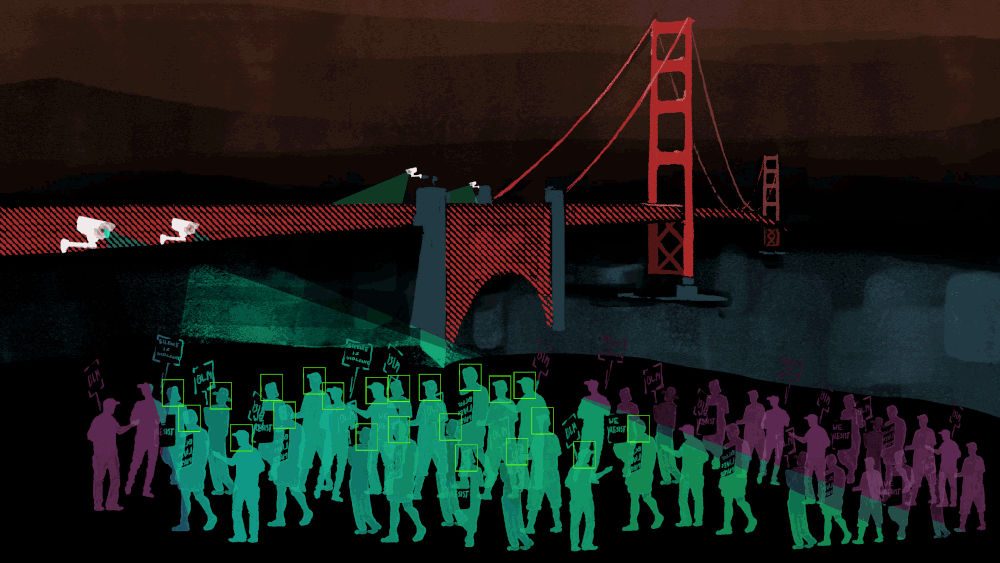
When Marquise Rosier joined hundreds of Black Lives Matter protesters on May 31 in downtown San Francisco, he knew that the police would have their eyes on him.
“My thought process going in was ‘Yeah, I know for sure they’re watching,” said the 25-year-old software engineer. Still, he felt compelled to take the risk and attend the demonstration. “I’d rather fight to feel human than live feeling like I’m not,” he said.
As they gathered in Union Square, it turns out that the protesters were being observed — and in a way that few suspected. According to a report from the Electronic Frontier Foundation, the San Francisco Police Department obtained access to private surveillance cameras at the end of May and beginning of June that indiscriminately filmed footage of the protests. The cameras were owned and managed by the Union Square Business Improvement District (USBID).
It is not uncommon for police to use video captured by private cameras in their investigations. The San Francisco District Attorney’s office maintains a database of about 2,400 such devices, owned by individuals and businesses or attached to public buildings across the city. Usually, police will ask for footage from specific cameras at a particular time to gather evidence of a crime.
But that is not what happened in this case. While crimes, including looting, did occur in Union Square over that weekend, the footage that SFPD obtained showed much more than that. The cameras, positioned on storefronts and pointing to the sidewalk, recorded protesters moving through the area and other people simply going about their daily lives.
The Homeland Security Unit of the San Francisco Police Department gained live access to the entire system of 375 cameras owned and maintained by USBID from May 31 — the day that Rosier joined the protests — to June 6. It also received a data dump of all their footage from 5pm on May 30 to 5am on May 31.
According to police, although they had the option of live access to the district’s cameras, they did not avail themselves of it. “As looting, vandalism and rioting did not continue in the areas covered by BID, SFPD did not monitor BID’s network of security cameras,” the San Francisco Police Department said in a statement issued in response to questions for this article. Officers did, however, use recorded footage from the data dump to collect evidence of illegal activity.
What took place in San Francisco put the Black Lives Matter movement at the center of a debate about the effect of surveillance on civil rights protests.
“Surveillance magnifies existing problems in police forces,” said Matt Cagle, technology and civil liberties attorney at the ACLU of Northern California. “And these are problems that people were taking to the streets to try and change after the murder of George Floyd,” referring to the killing of a Black man by police in Minneapolis, Minnesota in May that sparked nation-wide protests.
The use of non-municipal cameras adds another layer of complexity and raises questions about how to regulate law enforcement’s access to private surveillance networks.
From the perspective of law enforcement, mass surveillance of demonstrations is in the interest of public safety. But for activists and privacy experts, knowing police are watching has a chilling effect and undermines the civil liberties of anyone using their right to protest.
San Francisco has a law designed to regulate the use of surveillance technology by city departments. The Surveillance Oversight and Transparency Ordinance was passed by the city’s Board of Supervisors in May 2019. In addition to banning the use of facial recognition technology, it outlines procedures that city departments must follow before any new surveillance methods can be used. These include a report on the potential impacts of the technology, an opportunity for community feedback and board approval.
Cagle believes that the SFPD’s actions violated the ordinance.
“San Francisco residents and elected leaders rejected the idea that police could conduct suspicionless dragnet surveillance of the community like this,” he said.
The ordinance does contain a clause whereby law enforcement can bypass its procedures in “exigent circumstances.” These are outlined as “imminent danger of death or serious physical injury to any person.” However, whether the events of May 30 to June 6 meet that threshold is open to interpretation.
USBID granted police access to its cameras on a weekend when businesses in the area had been hit hard by looting.
“We wanted to support police and protect ourselves when there was an imminent threat like that,” said Karin Flood, the company’s executive director.
On May 31, San Francisco Mayor London Breed declared a local emergency in response to looting throughout the city and the shooting of a Federal Protective Service Officer, allegedly by a member of the Boogaloo movement, in the neighboring city of Oakland on May 29.
In its statement for this article, SFPD said that because looting, vandalism and rioting took place in Union Square that weekend, its use of private surveillance cameras fell under the exigent circumstances clause and, therefore, did not require prior board approval. It added that officers confiscated one firearm, a Molotov cocktail and explosive devices. These objects were seized after a curfew had come into effect and most protesters had left, according to a statement from SFPD on May 31.
“The request was made in direct response to burglaries, vandalism and arson. Access to cameras was not requested to monitor peaceful First Amendment activity,” wrote SFPD Public Information Officer Adam Lobsinger.
However, there is a legal disagreement as to whether that exception was applicable. “The suggestion that this was justified by exigent circumstances, we think, is completely wrong,” said Adam Schwartz, a senior staff attorney at the Electronic Frontier Foundation.
Looting and property damage likely do not meet the definition of exigent circumstances, according to Schwartz. “There was not imminence of a particular threat of violence, as opposed to just a generalized concern about what had happened,” he said.
Lee Hepner, the legislative aide for Supervisor Aaron Peskin, who spearheaded the Board’s ordinance, agreed. “If a threat to property downtown is an exigent circumstance, I would suggest we need to drastically narrow that exemption,” he said.
Schwartz added that the SFPD should not gain live access to private cameras until that use of surveillance technology has been presented to the public and approved by the board.
The law was designed to prevent dragnet surveillance and give San Franciscans a say in how surveillance technology is used in their city. Some believe that the way the SFPD went about getting access to these cameras goes against what the ordinance set out to do.
“The law was passed to prevent these kinds of harms from coming to pass,” said Cagle.
“The public and elected leaders should never be in the dark about decisions relating to surveillance technology. And that’s exactly what happened here,” he added.
A chilling effect on protests
San Francisco wasn’t the only city where law enforcement monitored Black Lives Matter protests that erupted around the country after the killing of George Floyd. Police in San Diego, California used footage from cameras attached to the city’s smart streetlights to investigate incidents of vandalism and looting. In Portland, Oregon, federal agents monitored social media videos and livestreams of the protests, and this footage was used as evidence in charges against at least two people.
Indiscriminate surveillance of lawful protests creates an environment in which people are treated with suspicion for simply exercising their rights to freedom of speech and assembly, according to activists and privacy advocates.
It “is absolutely a threat to First Amendment rights,” said Cagle.
But USBID does not see it that way. “If no one’s doing anything wrong, then they shouldn’t be worried about being viewed,” said Flood. “I think people should feel free to protest.”
Rosier said that the idea of police surveillance did make him think twice about attending the protests.
“I was definitely afraid to do something that is baked into the Constitution, that we should be doing in order to make this a better society. Absolutely afraid,” he said.
He described how he wrote the numbers of pro-bono lawyers on his arm before joining the demonstration. Moving around the city for the next few days, he felt on edge, thinking that he could be on some kind of watch list and that police could show up at his door at any moment. One day in June after the protest, he was cycling through a park when a patrol car drove past him. It made him nervous.
Even now, Rosier is wary. “I really feel like they are watching or listening,” he told me. “I feel like they’re monitoring me. I really do.”
Privacy advocates fear that heavy-handed policing and indiscriminate surveillance represent an erosion of fundamental rights.
“If people are aware that this surveillance is taking place and deciding not to show up to a protest, then that is harm done,” said Hepner.
Historical context
Draconian surveillance tactics affect us all, but they are of particular concern to Black activists like Rosier. The reasons for this stretch back for decades.
Take, for example, the FBI’s Counter Intelligence Program, which ran 1956 to 1971 and is widely referred to as Cointelpro. During this period, agents infiltrated civil rights groups, with the aim of disrupting and discrediting the whole movement. The program particularly targeted the Black Panthers, a radical left-wing group founded in Oakland, California in 1966.
This historical memory informs how activists operate today.
“We learn a lot from what has happened to those who come before us, when it comes to state surveillance,” said James Burch, policy director for the Oakland-based Anti-Police Terror Project. “Something that I’ve been taught as an organizer in the Bay Area is, you need to take the state as seriously as the state takes you.”
Fifty years after Cointelpro, the Black Lives Matter movement is being threatened by similar tactics. For instance, the New York Police Department appears to have infiltrated small groups of Black Lives Matter organizers after Eric Garner was killed by police in 2014. Officers gained access to their text messages containing information about protests, according to records obtained by The Guardian via a Freedom of Information Law request.
According to Cagle, dragnet surveillance immediately places individuals on law enforcement’s radar for nothing more than exercising their rights.
“Surveillance is an on-ramp into the criminal justice system,” he said. – Rappler.com
Illustration by Gogi Kamushadze
Caitlin Thompson is the audience development fellow at Coda Story. She previously worked at Foreign Policy and WBUR’s Here & Now.
This article has been republished from Coda Story with permission.
Add a comment
How does this make you feel?
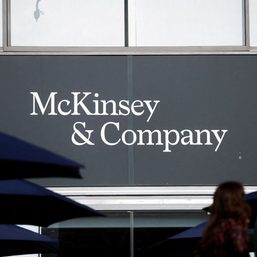
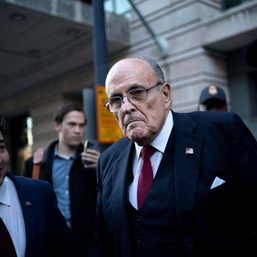
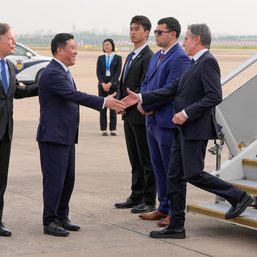
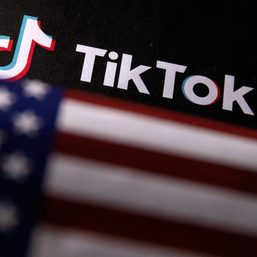
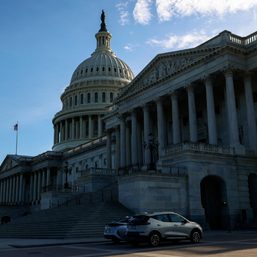
There are no comments yet. Add your comment to start the conversation.